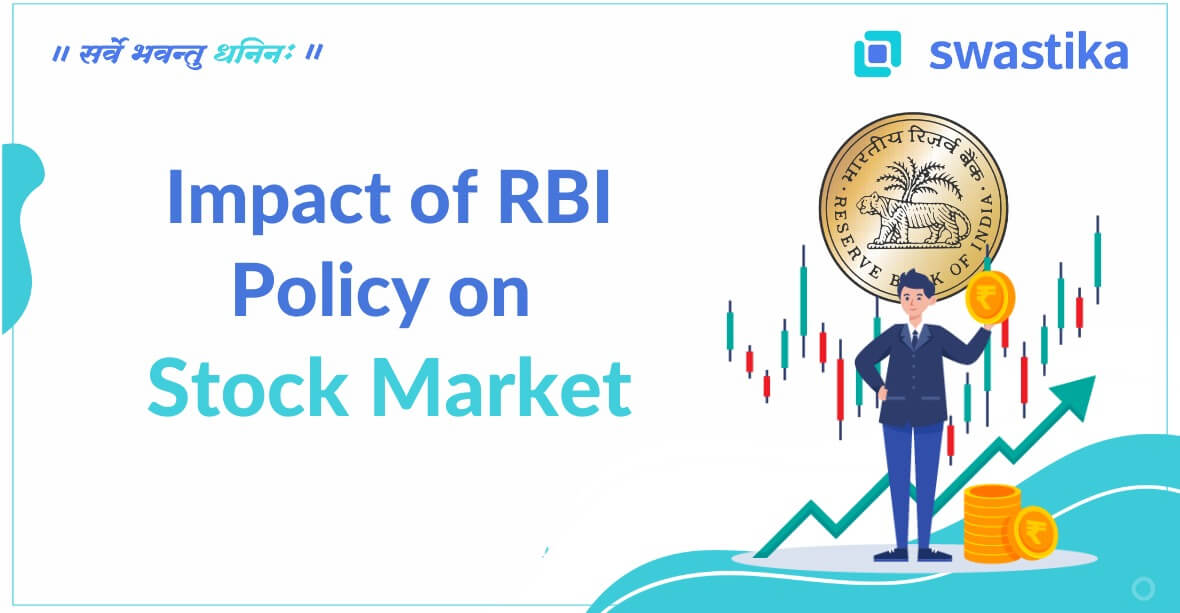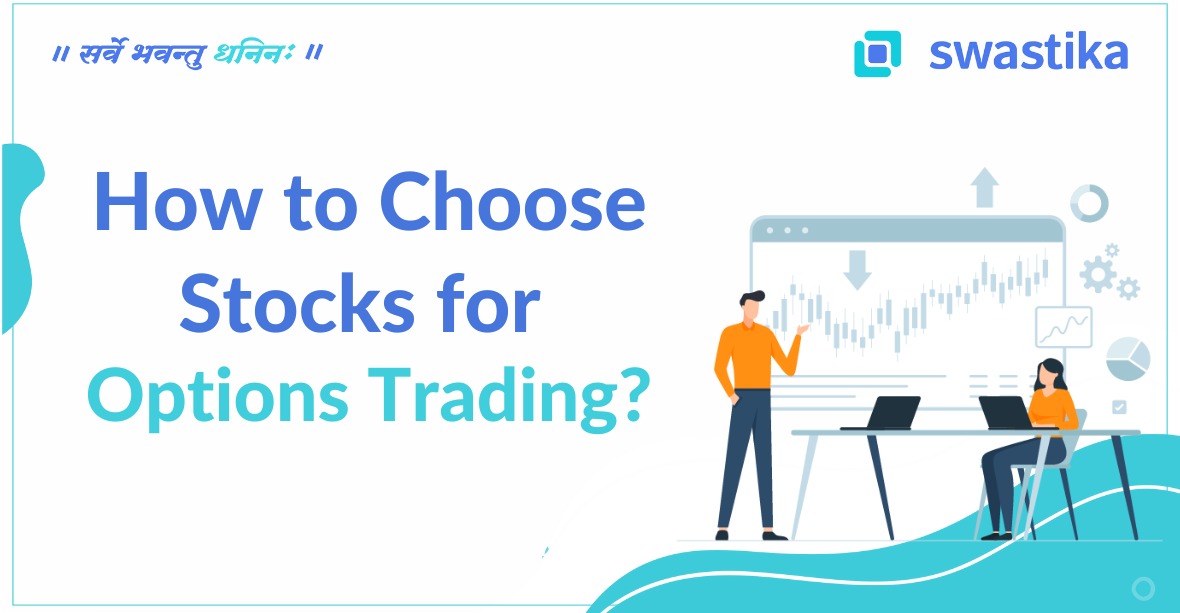There is a range of commodities you can trade, including agricultural commodities, such as corn, soybean, and wheat. It's the energy markets, in the form of oil and gas trading, and metal markets (like gold and silver), however, that tend to be more popular with traders these days.
The commodity markets are traded in a similar way to other types of financial markets, but there are some points to be aware of in order to avoid any shocks or surprises when dipping your toe into commodity trading:
1. Trail your stop loss to the Break-even point (BEP) as soon as the price goes in your favor. This may not ensure that you always make profits because the price can easily oscillate around your entry price and hit your trailing stop-loss before moving further in your direction. But as downside protection, it definitely works.
2. Don’t average your winning trades at reversal points. Your average entry price will work against your favor and will force you to sell at a loss. It’s better to book profits and then wait for a re-entry especially if you’re trading in a range-bound market.
3. Trade smaller contracts. If your account size is small, switch to mini contracts instead of trading the standard contracts. For instance, if you have ₹1,00,000 in your trading account, it is better to trade 15–20 lots of Crude Oil Mini futures (10 Barrels per lot)rather than 2 lots of the large Crude Oil futures contracts (100 Barrels per lot). Why? Because you can scale in and out of trades and manoeuvre much more efficiently. You will feel less like a victim if the trade goes against you as you can enter and exit in smaller pieces.
4. Buy options as a stop loss/trailing stop loss once the trade goes in your favor/against you. For instance, let’s assume you bought Crude Oil October futures at 5200 and it is now trading at 5500 (300 rupees profit per barrel = ₹30,000 per lot). In order to protect your profits, you buy an At The Money (ATM)put option at ₹100 (Total cost = ₹10,000 but you get unlimited upside potential if crude rises more).
5. Book your profits more often! Although people say you should run your profits, it’s not always true. More often than not, you should try and increase your hit rate and book small to medium profits in a volatile commodity. This will help you build your account size so that you can take more risks without losing your capital.
6. Track inventories but don’t trade them. Inventory numbers in crude oil and natural gas can be very unpredictable. It almost always causes an immediate price spike which is not rational to trade for those sitting in India with little to no knowledge about the demand/supply situation. When you take blind trades, you are more likely to lose than win. Just remember that.
7. Remember to never take trade against the currency trend. For example, if the rupee is depreciating, it automatically means that the price of commodities will be higher in rupee terms. At such times, it doesn’t make any sense to go short on any commodities.
9. Don’t bet against regulatory possibilities. For example, there is no point in going short on gold & silver in the current scenario even if the international prices go down because the Indian currency is depreciating and the central government may impose additional import duties which will hike the price of gold and possibly cause a short-squeeze.
10. Have a daily stop-loss limit that you will not exceed no matter what! If you lose a certain amount, then don’t try to recover that same day because you are going to be very emotional and will most likely indulge in revenge trading. Those who go down this path are sure to blow up their account sooner or later.
11. Trade commodities that are not correlated or are less correlated. For example, rather than trading gold & silver at the same time, you could trade crude and gold or some other combination like Agri/base metals. If you get the direction wrong on a commodity that doesn’t mean it will necessarily result in a loss in the other. It’s a type of risk diversification.




.png)













 48, Jaora Compound, M.Y.H. Road, Indore-452001
48, Jaora Compound, M.Y.H. Road, Indore-452001
 0731 - 6644000
0731 - 6644000


